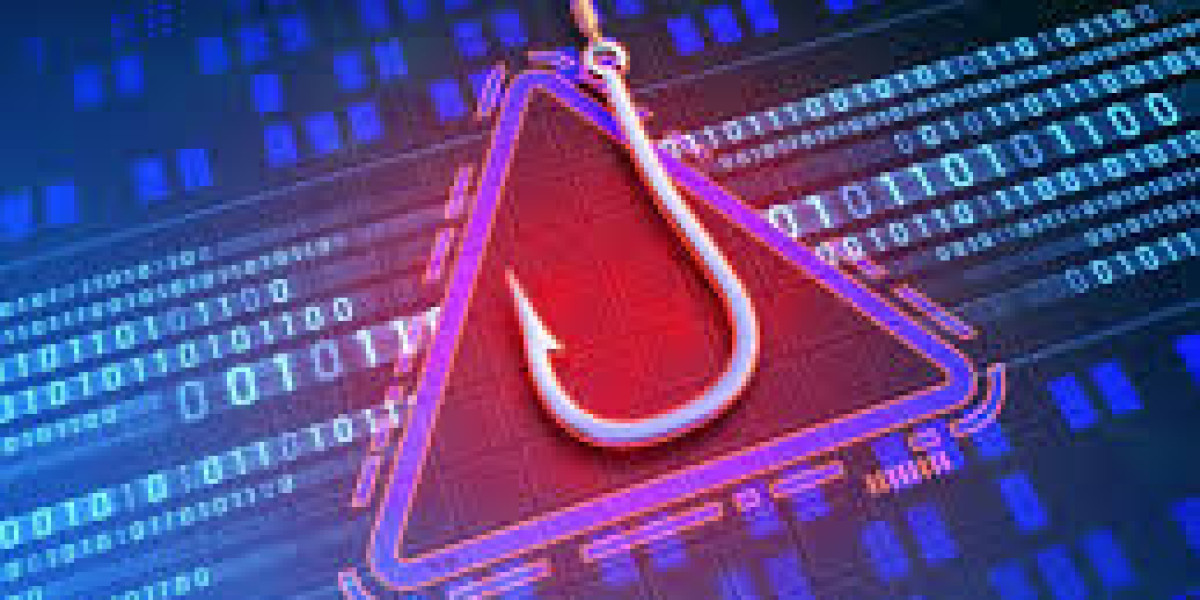Phishing attacks are among the most prevalent and dangerous forms of cybercrime today. They involve cybercriminals attempting to deceive individuals into providing sensitive information such as usernames, passwords, and credit card details. These attacks have grown in sophistication and scale, posing significant threats to individuals and organizations alike. This article explores the nature of phishing attacks, their common techniques, impact, and effective prevention strategies.
What Are Phishing Attacks?
Definition and Overview
Phishing attacks are a type of cyber-attack where attackers masquerade as trustworthy entities to trick victims into revealing confidential information. These attacks often occur via email, but can also involve text messages (smishing), phone calls (vishing), or malicious websites.
History and Evolution
Phishing has been around since the mid-1990s, but it has evolved significantly over time. Early phishing attacks were relatively unsophisticated, often involving mass emails with obvious spelling and grammar errors. Today, phishing attacks are highly targeted and sophisticated, making them harder to detect.
Common Phishing Techniques
Email Phishing
Email phishing is the most common form of phishing. Attackers send fraudulent emails that appear to come from reputable sources, such as banks, online services, or colleagues. These emails often contain links to fake websites designed to steal login credentials or other sensitive information.
Spear Phishing
Spear phishing is a targeted form of phishing. Unlike generic phishing attacks, spear phishing involves personalized emails sent to specific individuals or organizations. These emails are carefully crafted using information gathered from social media profiles, company websites, and other sources to increase their chances of success.
Whaling
Whaling is a type of spear phishing that targets high-profile individuals such as CEOs, CFOs, and other executives. These attacks often involve highly personalized emails that appear to come from trusted sources within the organization, making them particularly effective.
Smishing and Vishing
Smishing (SMS phishing) and vishing (voice phishing) involve using text messages and phone calls, respectively, to trick victims into providing sensitive information. Smishing messages often contain links to malicious websites, while vishing calls may involve attackers posing as representatives from banks or other trusted organizations.
Clone Phishing
Clone phishing involves creating an exact replica of a legitimate email that the victim has previously received. The attacker replaces legitimate links or attachments with malicious ones and sends the email from a spoofed address. This technique is particularly effective because the email appears familiar to the victim.
Impact of Phishing Attacks
Financial Losses
Phishing attacks can result in significant financial losses for both individuals and organizations. The FBI's Internet Crime Complaint Center (IC3) reported that phishing caused over $54 million in losses in 2020. This figure likely underestimates the true cost, as many incidents go unreported.
Data Breaches
Phishing is a common precursor to data breaches. By gaining access to login credentials or other sensitive information, attackers can infiltrate networks and steal large volumes of data. The 2020 Cost of a Data Breach Report by IBM found that phishing was the initial attack vector in 22% of data breaches, with an average cost of $4.24 million per breach.
Reputation Damage
Beyond financial losses, phishing attacks can severely damage an organization's reputation. Customers and clients may lose trust in a company that fails to protect their information, leading to a decline in business and long-term reputational harm.
Operational Disruption
Phishing attacks can disrupt normal business operations, particularly if they lead to the deployment of ransomware or other malicious software. Such disruptions can result in downtime, loss of productivity, and increased operational costs.
Preventing Phishing Attacks
Employee Training and Awareness
One of the most effective ways to prevent phishing attacks is through comprehensive employee training and awareness programs. Employees should be educated about the various types of phishing attacks and how to recognize suspicious emails, texts, and phone calls. Regular training sessions and simulated phishing exercises can help reinforce these lessons and improve overall vigilance.
Advanced Email Security Solutions
Implementing advanced email security solutions can significantly reduce the risk of phishing attacks. These solutions often include spam filters, email authentication technologies like DMARC (Domain-based Message Authentication, Reporting, and Conformance), and specialized anti-phishing software.
Multi-Factor Authentication (MFA)
Multi-factor authentication adds an extra layer of security by requiring users to verify their identity through multiple methods. Even if attackers obtain login credentials through phishing, MFA can prevent unauthorized access to accounts. Organizations should implement MFA for all critical systems and encourage employees to use it for personal accounts as well.
Regular Software Updates and Patching
Keeping software up to date is crucial for protecting against phishing attacks that exploit vulnerabilities in outdated systems. Regularly updating operating systems, applications, and security software ensures that known vulnerabilities are patched, reducing the risk of exploitation.
Strong Password Policies
Implementing strong password policies can help prevent unauthorized access resulting from phishing attacks. Key components of an effective password policy include requiring complex passwords, encouraging regular password changes, and promoting the use of password managers to generate and store complex passwords securely.
Web Filtering and Safe Browsing Practices
Web filtering solutions can help prevent users from visiting malicious websites linked in phishing emails. These solutions often include URL filtering, blocking access to known phishing and malicious websites, and encouraging the use of browser extensions and security features that alert users to potentially unsafe websites.
Incident Response Planning
Having a well-defined incident response plan is crucial for effectively managing phishing incidents. The plan should outline the steps to be taken in the event of a phishing attack, including communication protocols, containment strategies, and recovery procedures. Regularly updating and testing the incident response plan ensures that organizations are prepared to respond quickly and effectively to phishing threats.
Conclusion
Phishing attacks remain a significant cybersecurity threat, with evolving tactics and increasing incidents. The financial, operational, and reputational impacts of phishing attacks highlight the importance of robust security measures and employee awareness. By implementing comprehensive prevention strategies, leveraging advanced technologies, and staying informed about the latest phishing tactics, organizations can better protect themselves against this pervasive threat.









